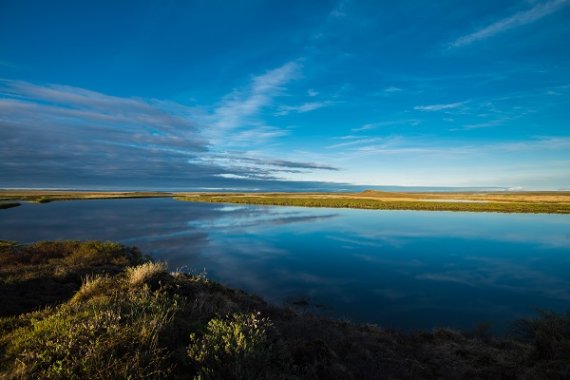New research by researchers in the Nature Management and Plant Ecology chair group suggests that the tundra is more vulnerable than was first believed. Monique Heijmans and colleagues conducted an experiment in Yakutia in the tundra of eastern Siberia, well inside the arctic circle. The average temperature there is 13 degrees below zero. In the inhospitable landscape, the researchers removed low bushes and studied the effect of doing so over the subsequent years. Due to the lack of shade and heat insulation from the bushes, the soil warmed up in the summer and the top layer of the underlying ice melted. Within five years the ground therefore sank at least 30 centimetres. In the winter more snow stayed lying in the hollows, and in the summer more water, leading to the formation of small lakes. Heijmans explains that the lakes speed up the process: ‘The snow insulates in the winter, so the permafrost does not cool off so much. In the summer, the dark water causes more heat to be absorbed from the sun, which speeds up the process.’
Lower house
Degradation to tundra vegetation, as is happening in western Siberia and Alaska due to oil and gas extraction, can therefore set a process in motion which causes the permafrost to melt. Heijmans: ‘A thick layer of ice at minus 13 degrees average looks like a stable system. But it does not take much to set off a chain reaction which makes the permafrost melt. Our recommendation is not to allow any human activity within the arctic circle.’ The Wageningen study prompted a motion in the lower house of the Dutch parliament during the recent debate on climate policy. In the motion, the Animal Rights Party and the Socialist Party called for the government to make a stand for keeping the Arctic region free of oil and gas extraction.

